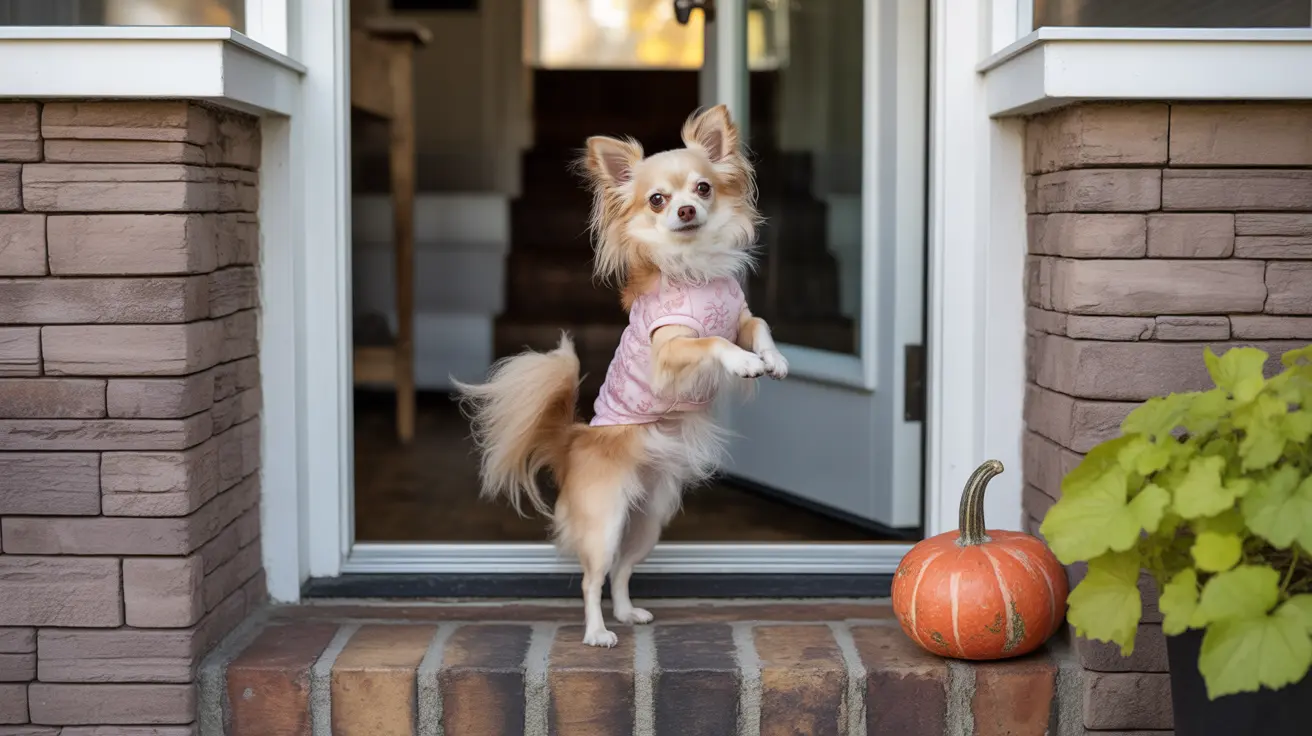The Hardest Age to Train a Dog: Challenges and Tips
Training a dog is a rewarding yet sometimes challenging journey, especially when your furry companion reaches certain developmental stages. While dogs can learn at any age, there are specific periods in their lives that tend to be more difficult for training. Among them, the adolescent phase is consistently noted as the most challenging for both new and experienced pet parents.
Understanding Dog Developmental Stages
To pinpoint the most difficult age, it’s helpful to understand the general developmental stages that dogs experience:
- Puppy Stage (8 weeks – 5 months): Dogs are highly impressionable and absorb new information quickly. This is the ideal time for socialization and early obedience training.
- Adolescence (6 – 18 months): Often the hardest stage to manage. Hormonal changes, testing boundaries, and an abundance of energy make dogs in this age group more difficult to train.
- Adulthood (18 months – 7 years): Dogs are typically more settled and can learn new behaviors more consistently with practice.
- Senior Stage (7+ years): Learning continues but may slow due to aging factors such as vision, hearing, or mobility issues.
Why Adolescence Is the Toughest Stage
Pet owners and trainers frequently identify adolescence as the most challenging age for dog training. Here’s why:
- Hormonal changes: Just like in humans, adolescent dogs experience hormone fluctuations that impact behavior, making them more defiant or erratic.
- Independence seeking: Teen dogs often start testing boundaries and show selective listening, ignoring commands they previously followed.
- Increased energy: Adolescents are usually full of energy, which can result in hyperactivity and short attention spans.
- Distraction sensitivity: At this stage, dogs are highly distracted by their environment—other dogs, people, and smells become difficult to tune out.
Common Training Challenges During Adolescence
Specific behaviors tend to become more prominent during this difficult age, including:
- Jumping and pulling on leash
- Excessive barking or reactivity
- Ignoring recall commands
- Chewing and destructive behavior
- Reverting to old habits: Dogs may regress in housetraining or basic obedience
How PetSmart Dog Training Can Help
PetSmart provides structured dog training programs that address behaviors common in adolescent dogs. Programs include:
- Beginner training: Covers cue basics like sit, stay, down, leave it, and loose-leash walking.
- Intermediate training: Builds on the foundation to improve reliability around distractions.
- Advanced training: Focuses on distraction proofing and complex cues.
All training is conducted in stores, offering natural distractions like other dogs, customers, and noise, which presents both a challenge and a training opportunity. Sessions focus on positive reinforcement techniques such as clicker training and praise-based rewards.
Tips for Training During the Adolescent Stage
- Be consistent: Stick to a training schedule and practice regularly at home between classes.
- Increase difficulty gradually: Train in environments with increasing distractions.
- Use high-value rewards: Tasty treats or favorite toys can help keep your dog’s attention.
- Be patient: Understand that setbacks are common—keep sessions short and fun.
- Consider private training: Private sessions may be more effective for dogs struggling with group environments or specific behaviors.
Factors That Influence Training Success
Effectiveness of dog training depends on more than just age. Success relies on:
- Owner consistency and engagement
- Trainer experience and teaching style
- Dog's individual temperament and learning pace
Group classes, like those offered by PetSmart, can provide foundational skills but may fall short for dogs needing behavior modification or advanced guidance. While adolescents might slow down due to distractions or behavior regression, consistent practice and positive reinforcement can yield major breakthroughs.
When to Seek Additional Help
If your adolescent dog exhibits reactivity, severe anxiety, or aggression, group classes may not offer enough tailored support. In those cases, consulting a certified private trainer or animal behaviorist is recommended.
Conclusion
While dogs can learn at any age, adolescence is widely regarded as the hardest stage to train a dog. Pet owners facing this difficult period should remain patient, consistent, and open to support through structured classes or private training. With persistent effort, this phase can serve as a stepping stone toward a well-adjusted and obedient adult dog.





